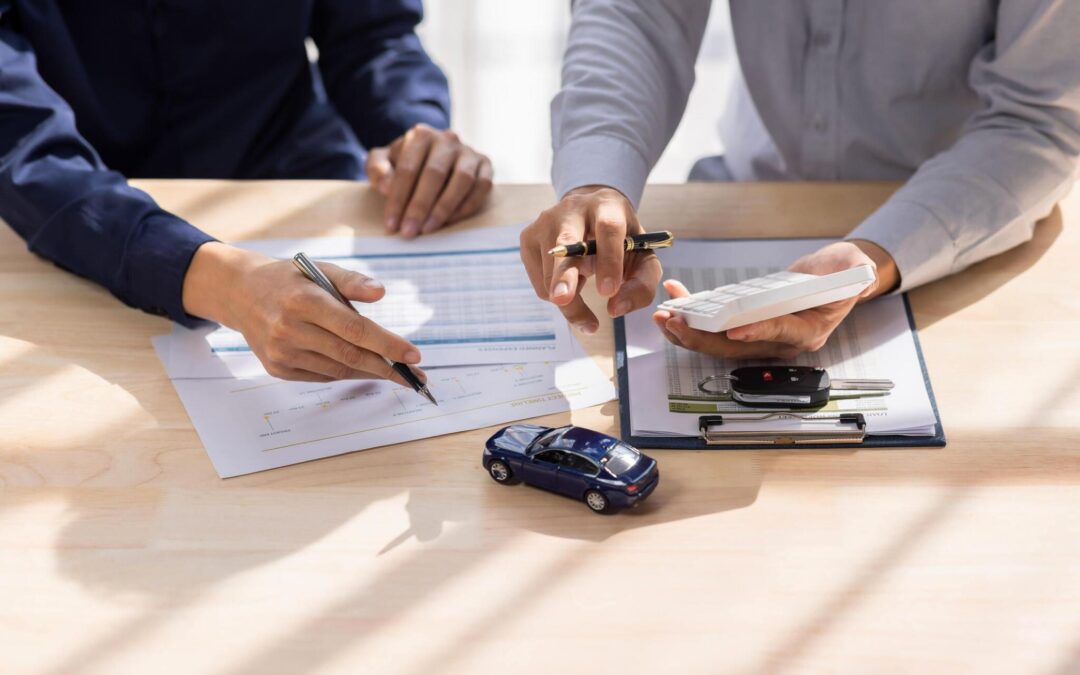In the bustling streets of Florida, pedestrian safety is a critical concern, underscored by the alarming number of accidents and fatalities recorded each year. With 899 pedestrian deaths in 2021, the state ranks second in the United States, emphasizing the urgent need to educate individuals about traffic rules. Amidst these concerning figures, the question of who has the right of way in a parking lot emerges as a pivotal topic that demands exploration and understanding.
This blog aims to delve into the intricacies of pedestrian right of way, focusing particularly on the often-overlooked domain of parking lots.
Who Has the Right of Way in a Parking Lot?
In the state of Florida, the law considers anyone “afoot” to be a pedestrian, encompassing individuals in wheelchairs, on rollerblades, or skateboards. Contrary to popular belief, being a pedestrian does not automatically grant the right of way. However, a notable exception exists: when pedestrians traverse a parking lot. The fundamental purpose of a parking lot is to facilitate individuals parking their vehicles and safely making their way into establishments.
Yet, it is essential to emphasize responsible behavior—pedestrians should avoid reckless actions such as abruptly running or jumping in front of vehicles, as these actions could absolve drivers of liability in case of accidents.
3 Situations Where Pedestrians Have the Right of Way
- In a Parking Lot
Parking lots are designed for the safe passage of pedestrians. They are designated areas where drivers are expected to yield to individuals on foot. Pedestrians, in turn, should exercise caution, staying aware of their surroundings to avoid potential accidents.
- In a Crosswalk with or Without a Signal
The right of way for pedestrians extends to designated crosswalks, whether signaled or not. The presence of a signal offers clear guidance, but even without one, drivers are legally obligated to yield to pedestrians. This underscores the importance of mutual awareness and respect on the road.
- In a Roundabout
Approaching a roundabout crosswalk grants pedestrians the right of way, but this scenario requires both pedestrians and drivers to exercise caution. Drivers should yield, and pedestrians should traverse the crosswalk attentively, mitigating the risk of accidents. While pedestrians hold the right of way in these scenarios, it is crucial to recognize their responsibility in ensuring their own safety and that of others.
2 Situations Where Drivers Have the Right of Way
- When a Traffic Signal is Green
The green traffic signal indicates the right of way for drivers. Pedestrians should refrain from crossing during this time to avoid accidents and legal consequences. Disobeying traffic signals can lead to traffic infractions and jeopardize safety.
- When There is No Crosswalk
Pedestrians should avoid crossing roads or highways where no crosswalks are present. In such instances, drivers have the right of way, emphasizing the need for pedestrians to use designated crossing points. While drivers have priority, it remains incumbent on them to exercise caution and be prepared to stop for pedestrians.
How Can Pacin Levine, P.A. Help You?
At Pacin Levine, P.A., our legal team is devoted to serving Coral Gables and beyond. We bring expertise in evaluating cases and providing unwavering support for your rights. Whether you’re a pedestrian seeking justice or a driver navigating legal complexities, our committed team is here to guide you through the process. Don’t hesitate to reach out to us at (305) 760-9085 or 1-800-24-7-CRASH (2727) to secure the legal assistance you need. Your safety and rights are our top priorities, and we are ready to advocate on your behalf.












